Caution: When applying sound deadeners, or anti-corrosion materials due care and preventative measures must be exercised to prevent any material from being sprayed into door and quarter panel mechanisms such as door locks, window run channels, window regulators and seat belt retractors, as well as any moving or rotating mechanical or suspension parts on the underbody, particularly the parking brake cable. After material application, be sure that all body drain holes are open. Improper application may increase chance of corrosion damage or limit the operation of moving parts, resulting in personal injury.
Caution: Foam sound deadeners must be removed from areas within 152.4 mm (6 in) of where flame is to be used for body repairs. When reinstalling foam sound deadeners, avoid inhaling fumes as bodily injury may result.
Caution: Approved safety glasses and gloves should be worn when performing this procedure to reduce the chance of personal injury.
Notice: The anti-theft label found on some major body panels MUST be covered before performing any painting, rustproofing or undercoating procedures. The mask must also be removed following those procedures. Failure to follow these precautionary steps may result in liability for violation of the Federal Vehicle Theft Prevention Standard, and subject the vehicle owner to possible suspicion that the part was stolen.
Anti-corrosion materials providing rust resistance are used on the interior and the exterior surfaces of the metal panels. These materials include the following metals:
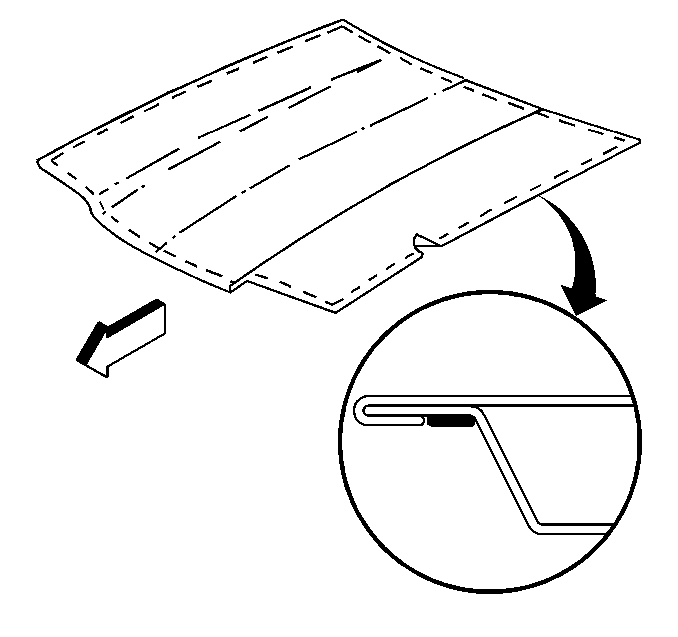
| • | One-sided galvanized zinc |
| • | Two-sided galvanized zinc |
| • | Zinciron alloy steels |
These treated metals are used on the following components:
| • | The fenders |
| • | The doors |
| • | The quarter panels |
| • | The rocker panels |
| • | The lids |
| • | The floor pans |
| • | The wheelhousings |
| • | Other critical parts |
Metal conditioners and primers are used on the interior and the exterior surfaces along with protective waxes on the interior surfaces in the areas where moisture might accumulate. Sealers are applied along the exposed joints and the moisture-repelling asphaltic sound deadeners are applied inside the wheel wells, the doors, and on some underbody components.
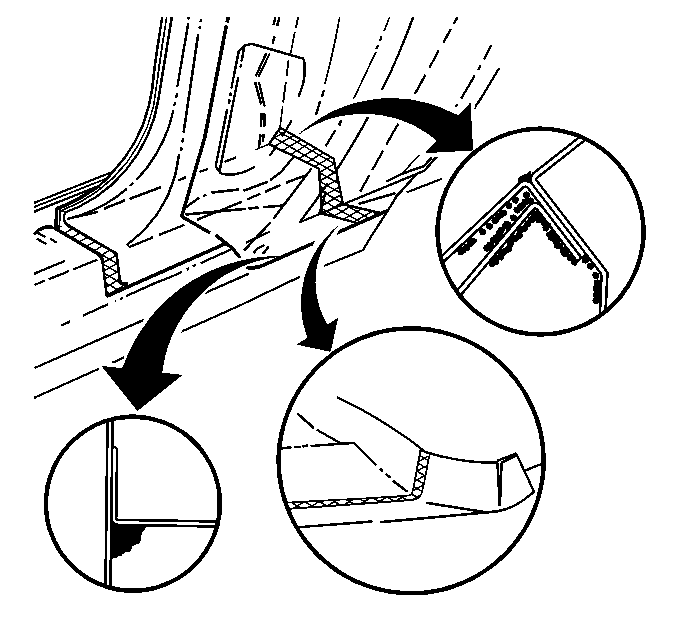
Any procedure that disturbs these special treatments, such as panel replacement or collision damage repair operations, may leave the metal unprotected and result in corrosion. Proper recoating of these surfaces with service-type anti-corrosion material is essential.
Metal conditioners and primer coatings are applied to all metal panels at the time of vehicle manufacture. After repair and/or replacement parts are installed, all accessible bare metal surfaces must be treated with metal conditioner and reprimed using a zinc chromate primer. This operation is to be performed prior to the application of sealers, waxes, deadeners, and antirust compounds. Refer to Basecoat/Clearcoat Paint Systems .

These sealers are intended to prevent water and dust from entering the vehicle and also are anti-corrosion barriers. Sealers are applied to such areas as rear compartment lid hem flanges, wheelhouse, quarter outer, floor, cowl, roof, and various other panel to panel attaching points. The originally sealed joints are obvious and any damage to these sealed locations should be corrected by resealing. Attaching points of new replacement panels should be resealed. Replacement lids and doors will also require sealing in the hem flange areas.
Flanged joints, overlap joints, and seams should be sealed using a quality sealer of medium-bodied consistency. The sealer used must retain its flexible characteristics after curing and be paintable.

Open joints which require bridging of the sealer in order to close a gap should be sealed using a heavy-bodied caulking material. Follow the label directions for the material selected.
Color application may be required in order to restore repaired areas such as hood, fenders, doors, quarters, lid, roof, engine compartment, underbody, and inner panels to original appearance. When this is necessary, conventional refinishing preparation, undercoat buildup, and color application techniques should be followed. Refer to Basecoat/Clearcoat Paint Systems .
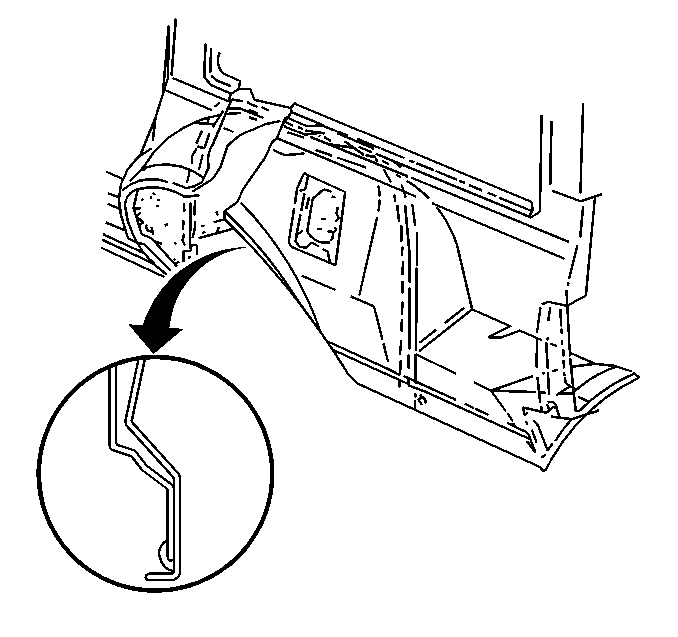
Deadener materials (spray-on type) are used on various metal panels in order to provide corrosion resistance and joint sealing. They control the general noise level inside the passenger area of the vehicle. When deadeners are disturbed because of damage, are removed during repair operations, or a new replacement panel is installed, the deadener material must be replaced by a service equivalent material. The application pattern and location of deadener materials can be determined by observing the original production installation.
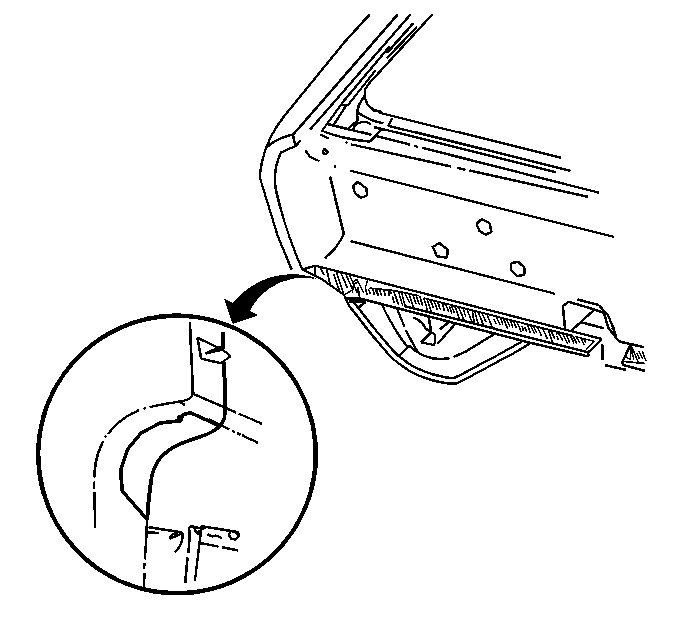
Anti-corrosion compounds are light-bodied materials designed to penetrate between metal-to-metal surfaces, such as pinch weld joints, hem flanges, and integral panel attaching points where metal surfaces are difficult to coat with conventional undercoating materials, and are inaccessible for painting. Material suited for this type of application is GM P/N 12346225 Anti-Corrsion Compound Clear (Oil Base) or equivalent. Conventional undercoating is recommended in order to coat large areas such as replacement door and quarter outer panels, floor pan sections, lids, hoods, fenders, etc. During undercoating operations, care should be taken to prevent the material from being sprayed into door and quarter panel hardware mechanisms such as door locks, glass run channels, window regulators, and seat belt retractors. On the underbody, the material should not be applied to any moving or rotating part, energy absorbing bumper components, or shock absorbers. After undercoating, ensure that all body drain holes are open. Refer to Basecoat/Clearcoat Paint Systems for the sequence of application steps for anti-corrosion materials.
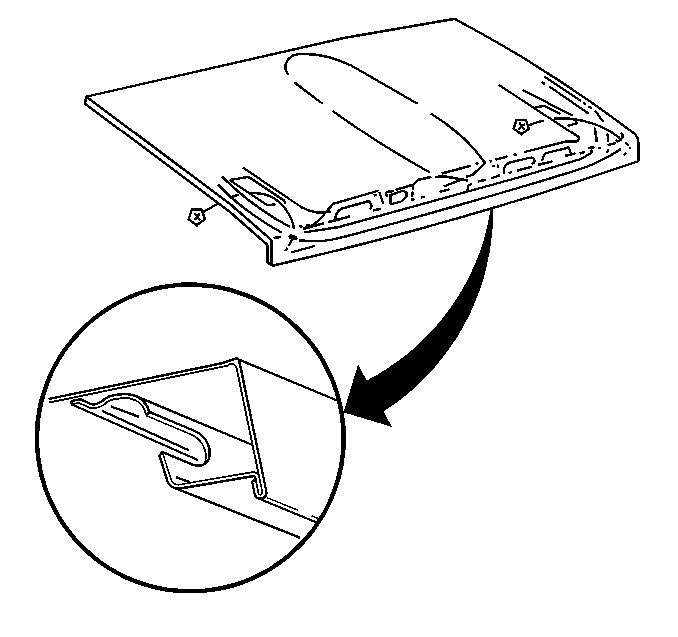
Cleaning of the interior and underbody panel surfaces is necessary when original galvanized or other anti-corrosion materials have been burned off during welding or heating operations. Removal of the residue from burning will require additional care in such areas as interior surfaces of box-type construction and when configurations of the metal panels limit access to interior surfaces. One or more of the following methods will remove the residue.
| • | Sandblasting is an excellent method for cleanup and preparation of open joints, underbody components, and hem flange areas. Sandblasting is most effective and should be used. |
| • | When access is possible, scraping with a putty knife or scraper can be used. |
| • | A jet of compressed air will remove most residue and could be effective in a limited access areas. |
